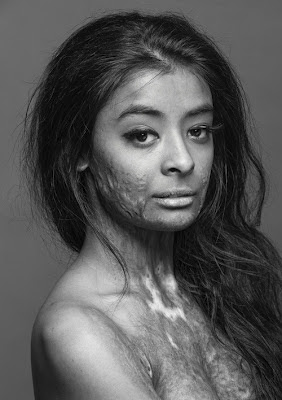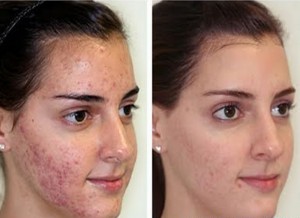I remember some years back when some one walked into my practice asking about treatment for unsightly & unwanted scars I was not very happy delivering the news there’s not much we can do to help the appearance. Utilizing intra-lesional injections, pulse dye lasers, deep peels etc. maximum we could predict up to 20-30% improvement and that was it.
Now we have entered exciting times where with the help of
improved and advanced laser dermatology you no longer have to live with the unsightly
scars. With advances in laser technologies particularly, fractionated ablative
laser the treatment outcome for scars has improved significantly. Whether it’s
a surgical scar or a scar from some sort of accident; we can improve them considerably
utilizing fractionated laser skin resurfacing along with combination therapies.
Why Do Scars Develop?
Scars develop as a response to any wound or cut. As a
response to injury protein-based collagen fibers are formed to mend the damage
and replace the wounded skin. During healing process different elements can
have an effect on scars for e.g. exposure to sun, your skin type and
genetics. All of these factors play a role in how your scar is going to heal
& look in the end. Once that scar has developed, most people believe they have
to live with the scar for life. Not anymore!
Lasers Can Help Reduce the Appearance of
Many Types of Scars
Keloid Scarring- Raised,
reddish scars that extend beyond the initial wound area and that grow over
time.
Hypertrophic Scarring- Firm,
raised, pink scars that remain within the initial wound area and may fade
gradually over time.
Atrophic Scarring- Depressed
pin-like pockets in the skin that can result from skin conditions or acne.
Contracture scars-
Flat & tight scars that constrict movement, usually caused from burns.
Over the last few years there have been new lasers
introduced that give excellent results in scar treatment. These are
the CO2 fractional and Erbium lasers. Both give good results treating
scars, whether we are talking a fresh surgical scar or a mature surgical scar,
a burn scar, a keloid scar, or hypertrophic scar; we can now treat them all.
How Lasers Work to
Remove Scars?
The laser beam gently vaporizes skin tissue to improve
anything from wrinkles, to unsightly scars. The CO2 and Erbium fractional
lasers drill small holes in the scars and cause the scars to remodel with
normal tissue.
So, if you have a scar that you are not happy with you can
go to your dermatologist’s office that have these devices and have your scars treated.
I’ve had some amazing results treating these scars. It takes a few treatments,
but using these new therapies I am seeing huge changes in scars that were
previously untreatable.






